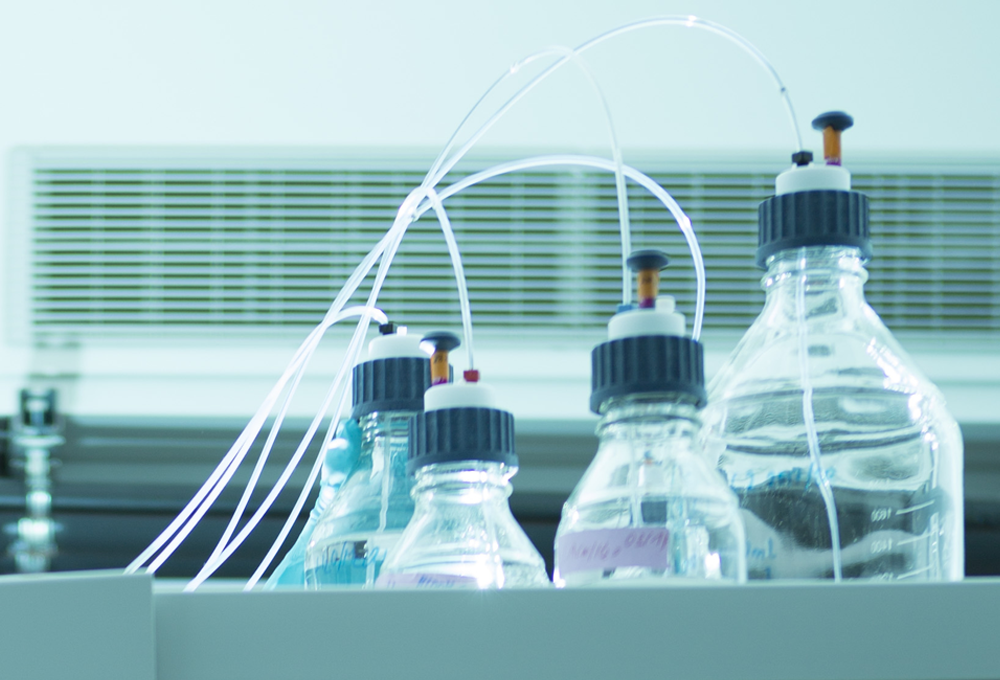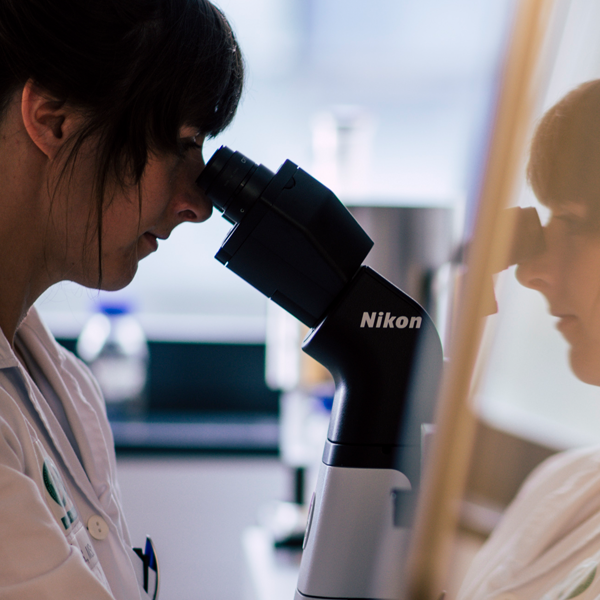-
The University
- Welcome
- Who we are
- Media & PR
- Studying
-
Research
- Profile
- Infrastructure
- Cooperations
- Services
-
Career
- Med Uni Graz as an Employer
- Educational Opportunities
- Work Environment
- Job openings
-
Diagnostics
- Patients
- Referring physicians
-
Health Topics
- Health Infrastructure
Research
Our goal in both basic and applied research is to advance the medical specialty of cardiac surgery. The division is concerned with all aspects of this discipline from prevention to perioperative cardiac surgery to long-term results.
In connection with international cooperation, our research profile includes interdisciplinary collaboration with colleagues in other clinical areas as well as in basic research at the Medical University of Graz research centers.






